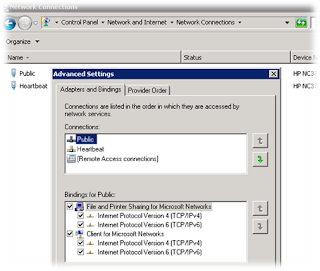 latest virus threat dubbed as "Gauss" was forecasted by Kaspersky Lab and is an exaggerated version of state-sponsored threat. ref
latest virus threat dubbed as "Gauss" was forecasted by Kaspersky Lab and is an exaggerated version of state-sponsored threat. ref
as per latest crawling headlines depiction "A new cyber surveillance virus has been found in the Middle East that can spy on financial transactions, e-mail and social networking activity, according to a leading computer security firm, Kaspersky Lab. Gauss virus may also be capable of attacking critical infrastructure and was built in the same laboratories as Stuxnet".
..don't get panicked.. make sure your enterprise level anti-virus orchestrator consoles does a regular and real-time coverage for the enterprise systems and is a licensed copy. the rest the men behind the scenes will safeguard your systems. Systems personnel should also make sure latest windows and OS updates are patched regularly.
..don't get panicked.. make sure your enterprise level anti-virus orchestrator consoles does a regular and real-time coverage for the enterprise systems and is a licensed copy. the rest the men behind the scenes will safeguard your systems. Systems personnel should also make sure latest windows and OS updates are patched regularly.
read about recent Flame threat 





























